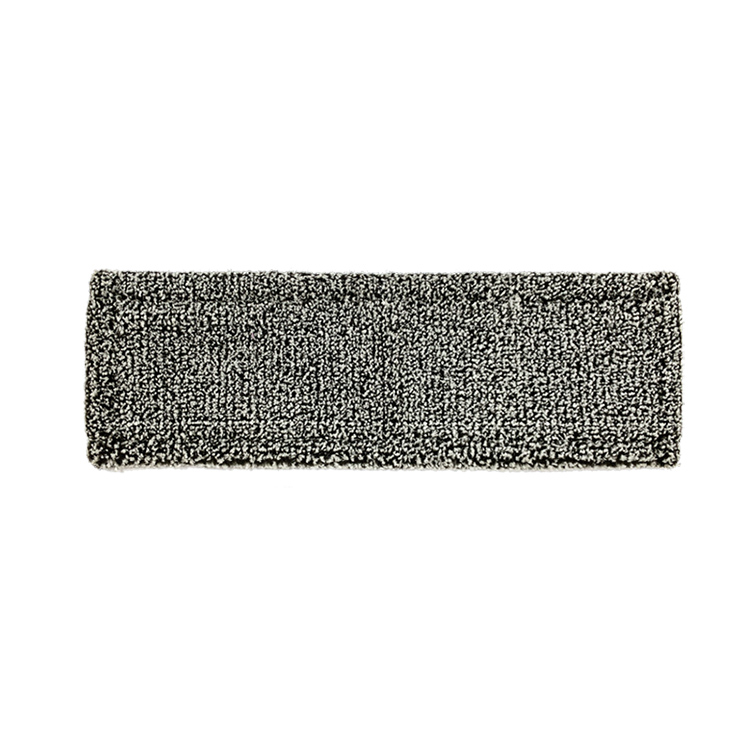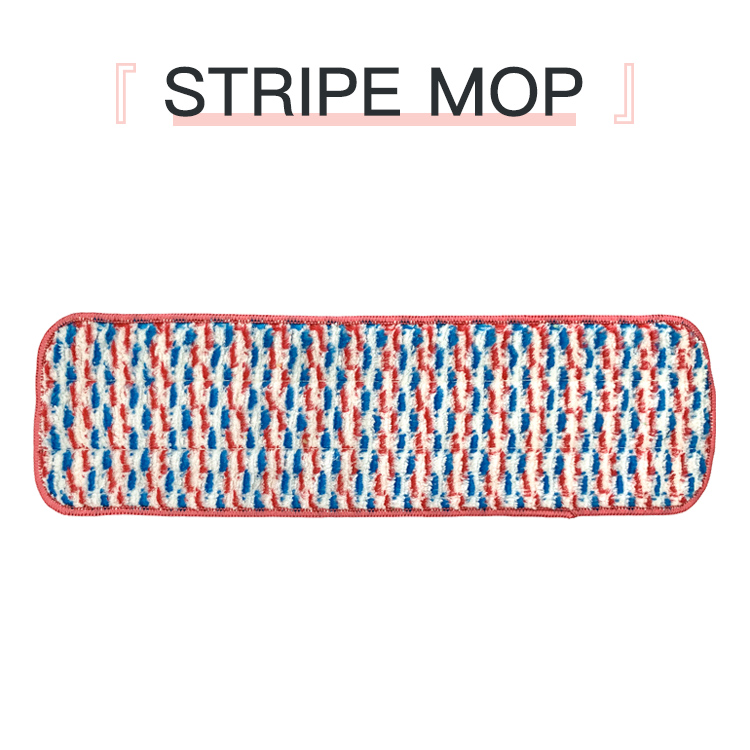Soft microfibers hold and trap dust, dirt and hair. These wet mop head pads can be used on hardwood floors, tile floors, marble floors, linoleum floors, kitchen floors, bathroom floors and more without causing damage to the floor.
Use damp or dry. Effectively cleans multiple surfaces. Wet use: Wet the mop pad with water, wring out excess water, wet the pad, reattach the pad to the mop head and clean the floor.
Wet Pad,Swiffer Mop Wet Pads,Washable Mop Heads,Mop Cloth Head SUZHOU BETTER CLEAN CO LTD , https://www.betterclean.net
When this reusable Mop Pad cloth gets dirty, you can wash and dry it. Wet pad replacement will be as good as new and kept clean. Before buying them, check that the size is right for your mop head.


Compared to other markets, handicraft ornaments made from jade have experienced the fastest price growth in Guangdong. Although Guangdong is not a major jade-producing province, it is home to three types of real estate-grade jades: Taishan Jade, Nanyu Saitama, and Guangning Jade. Among these, Taishan Jade and Southern Saitama are more widely recognized and traded in the region.
Looking at the wholesale markets in Fangcun and Panyu in Guangzhou, Taishan Jade has shown a steady upward trend in prices. Even during the financial crisis a few years ago, its value remained relatively stable. Since 2005, the average annual increase has been around 20%. After this year’s Spring Festival, as demand from processing companies rose, the price of Taishan Yuyuan Stone began to climb gradually.
However, in the retail market, the price surge has been more dramatic over the past two months. In the first half of the year, the price difference was minimal, but after July, influenced by the popularity of Huanglong Jade, prices skyrocketed.
In the wholesale market, Nanyu Saitama also saw a gradual price increase in the first half of the year, with the effects being reflected in the retail sector starting in August. For example, at Grandview Plaza’s jewelry counter, a small piece of Southern Saitama Fushou once sold for 3,500 yuan, but now it has exceeded 4,500 yuan.
Moreover, the appreciation rate of handicraft ornaments is significantly higher than that of necklaces or pendants. Ling Wenlong, chairman of the Taishan Jade Association, believes this is because handicraft pieces are bulkier and require more high-quality jade texture.
Value Comparison:
The price difference between different textures of Southern Jades can be as much as five to six times. In terms of luxury and collectibility, Southern Jade clearly outperforms Taishan Jade. Saitama is one of China’s four famous jades, and Southern Saitama shares a similar nephrite texture with the world-renowned Liaoning Saitama. Top-grade pieces can even rival Hetian Jade. Taishan Jade, on the other hand, is classified as “polycrystalline quartz jade†or “topaz,†and it has a texture similar to Huanglong Jade. Some might even call it just a stone.
However, from an ornamental perspective, Taishan Jade is highly regarded by jade experts. Xiangxian Yin from Guangdi Jewelry notes that Taishan Jade is smooth, vibrant, and versatile, making it ideal for both handicrafts and jewelry. Some varieties resemble Tian Huangshi, with bright yellow hues and crystal clarity, offering high visual appeal. Others feature regular color patterns, resembling Shoushan Stone, which is cherished by many collectors for its ancient charm.
In contrast, the domestic soft jade market is largely dominated by Hetian Jade, leaving other types of jade relatively overshadowed. While Nanyu Saitama has noble origins, it still struggles to gain widespread recognition. Most of it is used for decorative stones rather than jewelry.
Short-term investment in Taishan Jade can lead to rapid value increases. Based on current pricing, the cost of handicraft and jewelry items made from Taishan Jade is 3 to 5 times higher than raw materials. Prices are already quite high, with little room for low-cost purchases, and there are greater risks involved.
Compared to its close relative, Huanglong Jade, the price rise of Taishan Jade is still relatively modest, falling into the category of steady growth. Currently, the price of a single item ranges from a few hundred to several thousand yuan. Over the next 1 to 2 years, Taishan Jade is expected to see even greater appreciation, potentially surpassing that of Southern Jade.